Since it took me a while to figure out, I figured this might be useful to document: migrating code from CVS to Git. Specifically, I was moving modules in a CVS repository on SourceForge over to GitHub.
Here are the versions of the tools that I used:
$ rsync --version | head -1
rsync version 3.1.0 protocol version 31
$ cvs --version | head -2 | tail -1
Concurrent Versions System (CVS) 1.12.13 (client/server)
$ git --version
git version 2.6.3
$ cvsps -V
cvsps: version 3.13
First, I grabbed a copy of the CVSROOT, and checked out the module so I had a reference copy to compare to when I’m done.
$ rsync -av aolserver.cvs.sourceforge.net::cvsroot/aolserver/ aolserver-cvs
$ cvs -d $(pwd)/aolserver-cvs co -d nsmysql-cvs nsmysql
Then, I create the working directory for the local git repo.
$ mkdir nsmysql
$ git init nsmysql
Next, do the actual CVS-to-Git conversion.
$ cvsps --root $(pwd)/aolserver-cvs nsmysql --fast-export | git --git-dir=nsmysql/.git fast-import
Finally, do a diff to compare the two working directories to make sure the import worked correctly.
$ cd nsmysql
$ git checkout master
$ diff -x .git -x CVS -urN . ../nsmysql-cvs
If everything looks good, go ahead and push it up to GitHub.
$ git remote add origin git@github.com:aolserver/nsmysql.git
$ git config remote.origin.push HEAD
$ git push -u origin master
I don’t do this often, but when I do, I always have to figure it out each time, so hopefully next time I’ll find this blog post at the top of my search results and save myself some time.
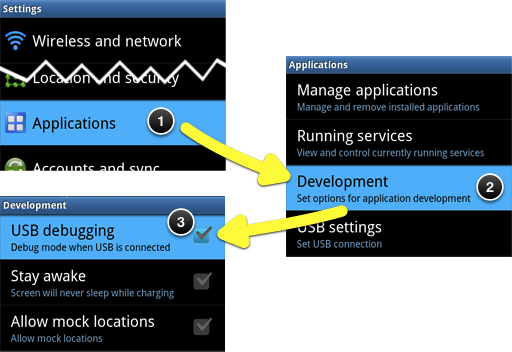

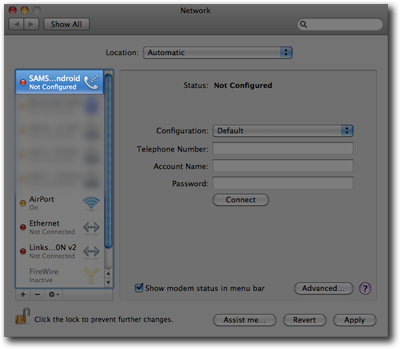
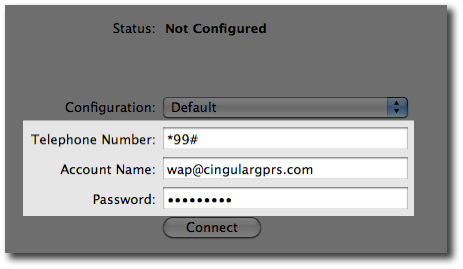
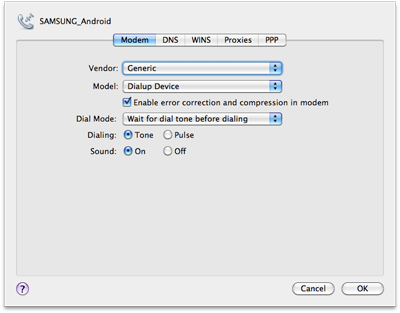
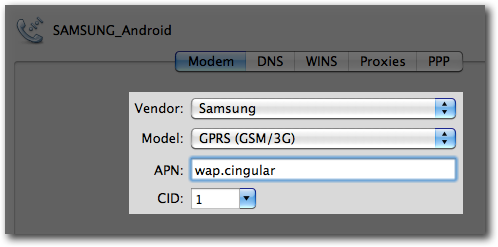

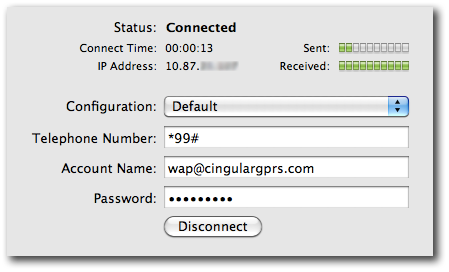


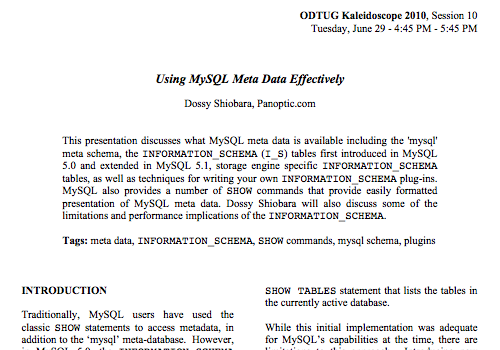

Latest comments